ECOLOGY ▪ EDUCATION ▪ ADVOCACY
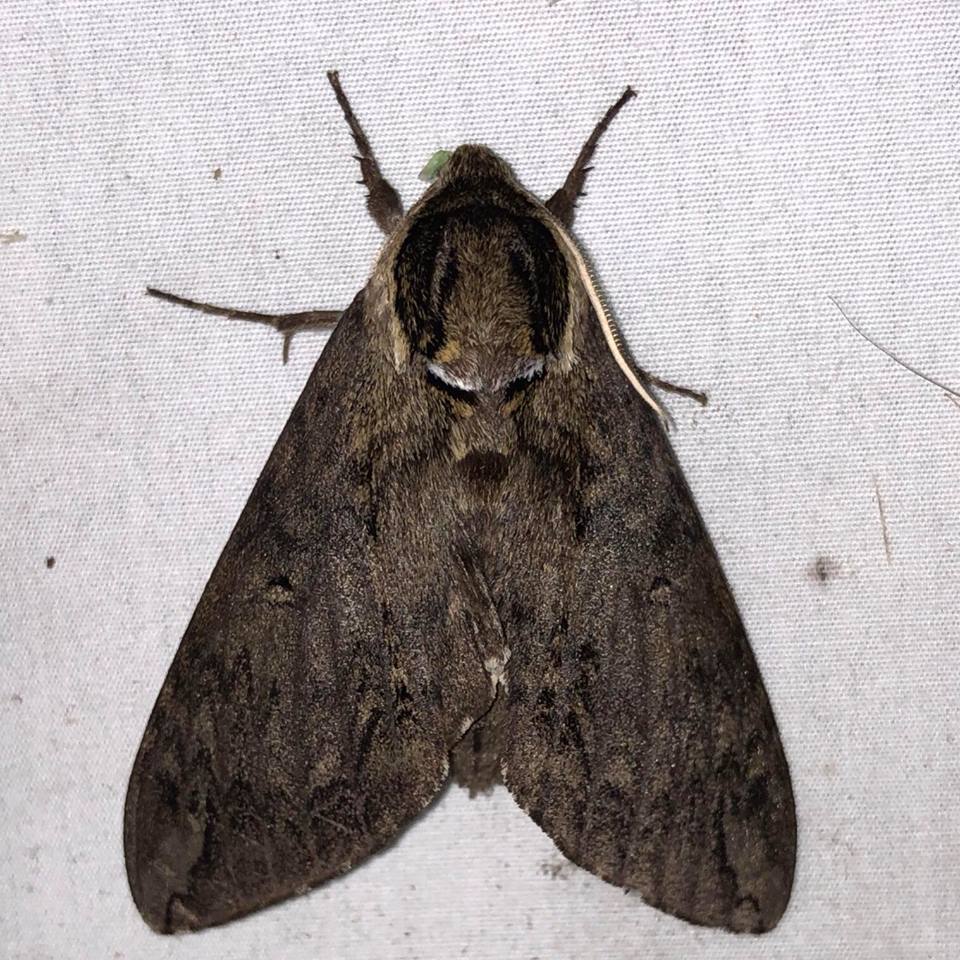
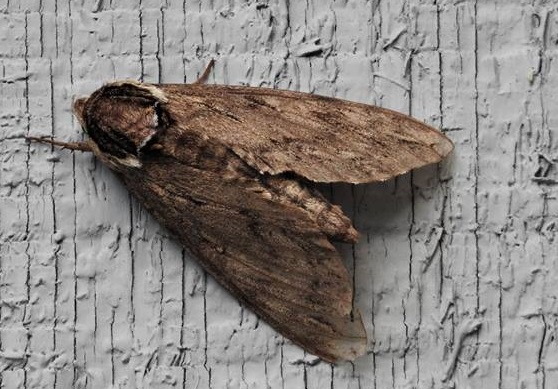
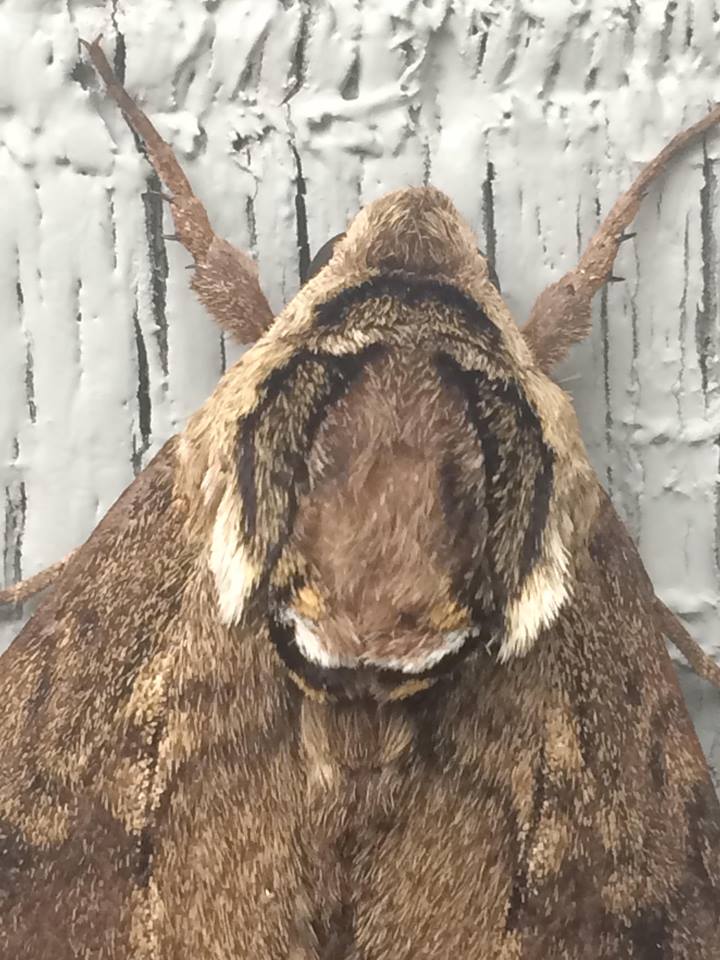
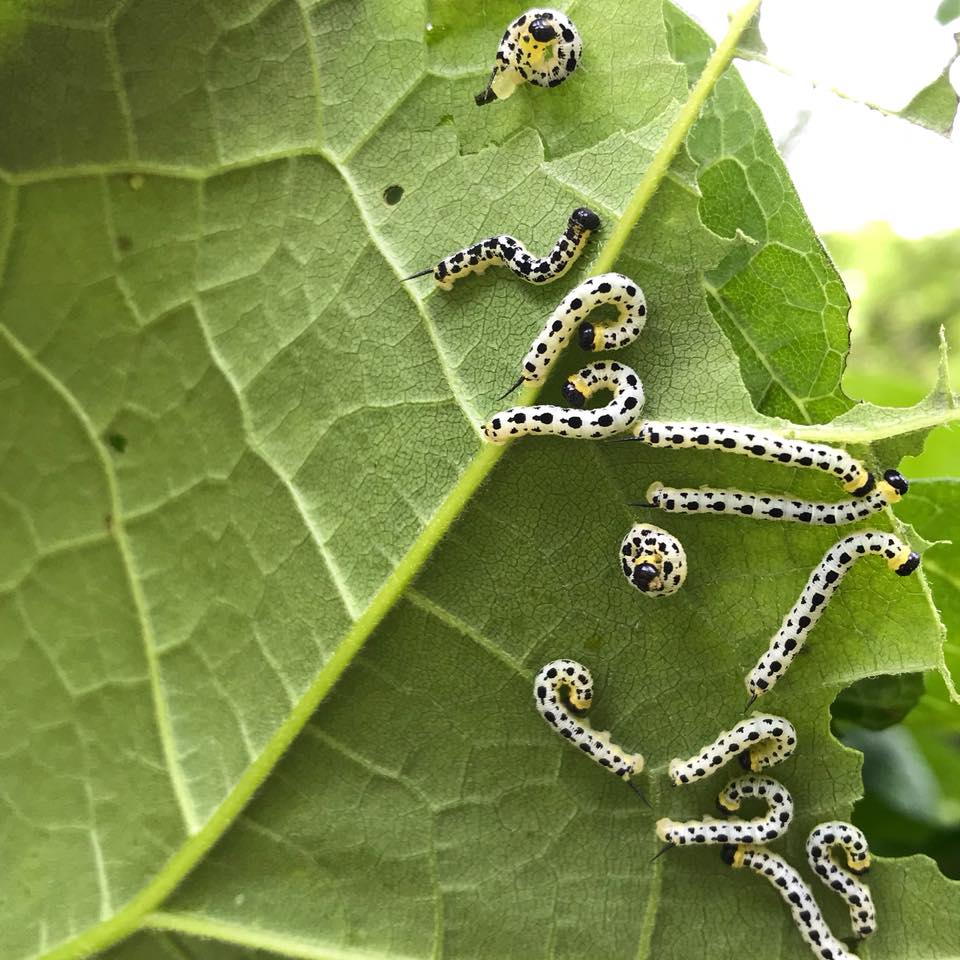
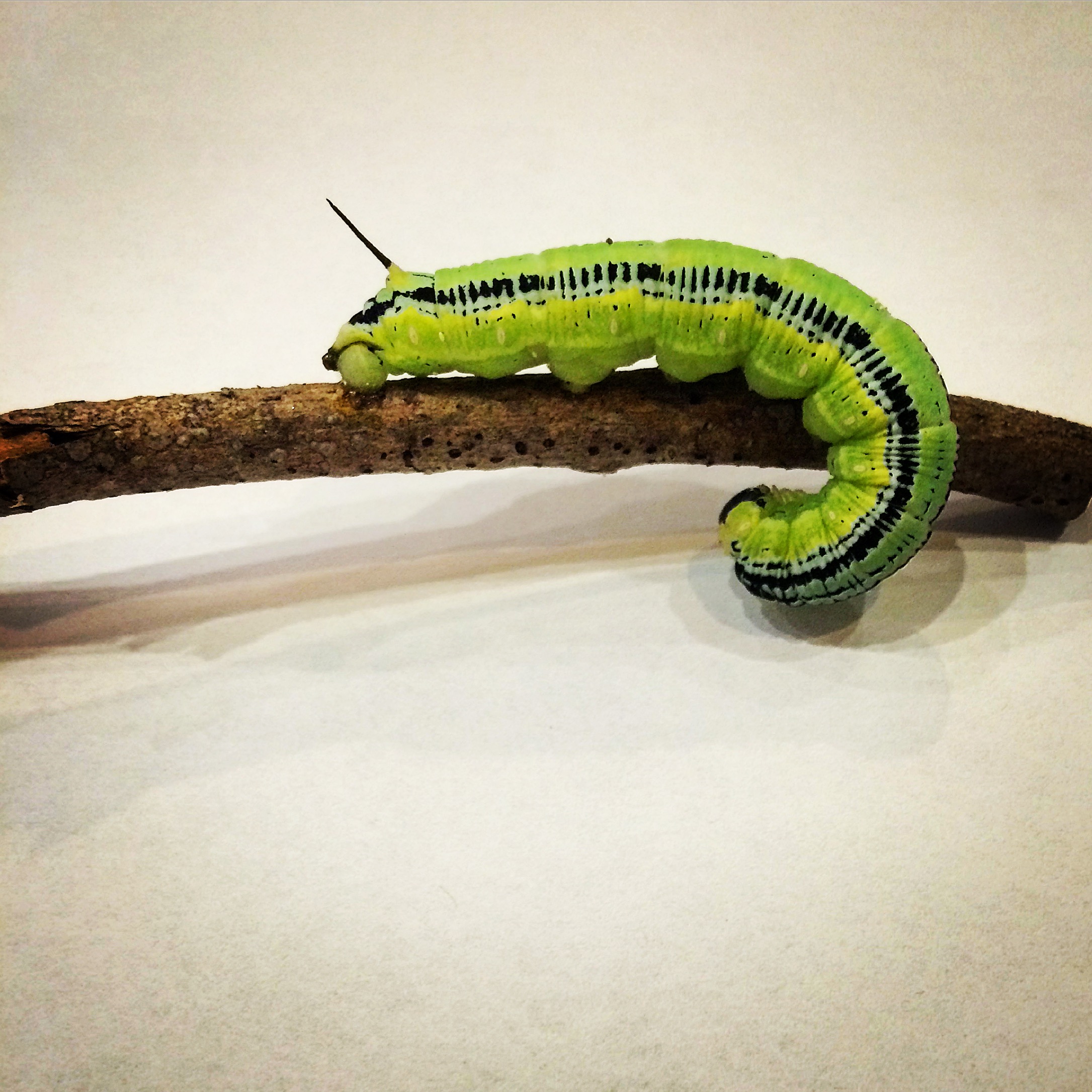
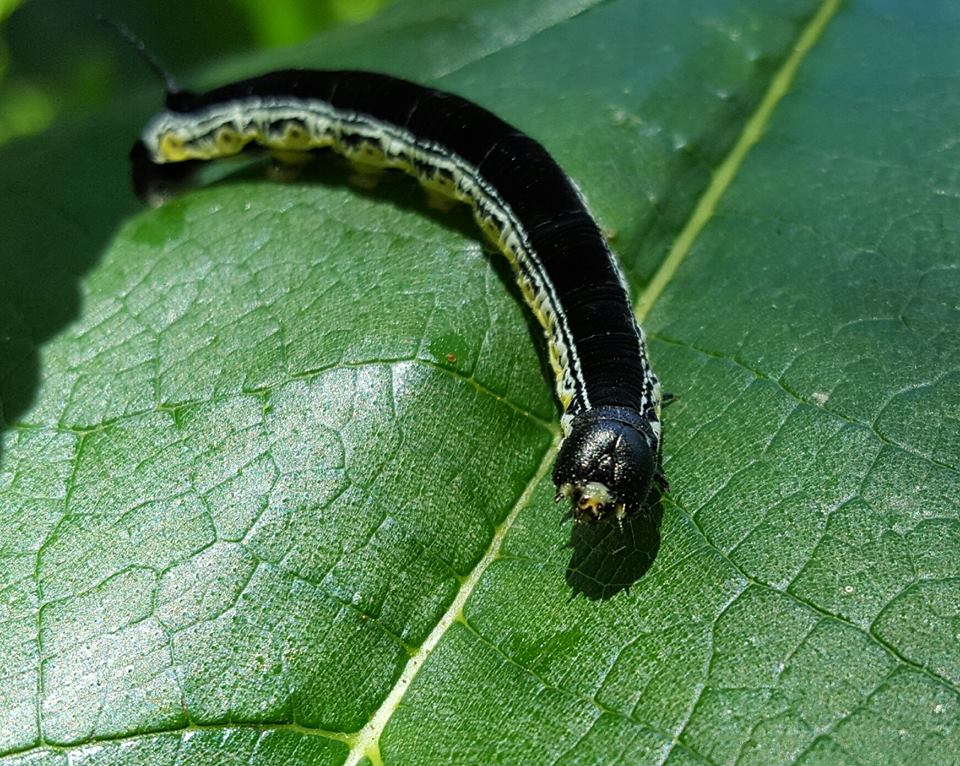
Ceratomia: Combines the Greek words cero meaning “horn” and tomia meaning “to cut.”
Catalpae: Named for its host species, the word Catalpa originally came from the Native Americans tribes living in the Carolinas who referred to the tree as kutulpha meaning “winged head.”
Seer-a-TOHM-ee-uh kuh-TAL-pee
Catawba Worms






This map shows the confirmed sightings of the Catalpa Sphinx in Indiana. All sightings were confirmed through photographic documentation by individuals who contributed to the Great American IN Nature Lepidoptera Project (GAIN LP).
 |
GAIN LP documented in county. |
The Catalpa Sphinx caterpillar will thrash back and forth if bothered and even regurgitate a green fluid in hopes of grossing out potential predators. These caterpillars are common hosts for parasitic wasps that lay their eggs inside the caterpillar and emerge after the complete their metamorphosis, thus killing the caterpillar.
Catalpa Sphinx caterpillars are extreme specialists that are only able to feed on trees in the genus Catalpa, which in North America, consists of two species: the Northern Catalpa (C. speciosa), which in Indiana, was originally native to only a few southwestern counties, and Southern Catalpa (C. bignonioides), which is native to the extreme Southeastern United States and exotic to Indiana. Both trees have been widely planted as lawn trees and have escaped cultivation, which has subsequently also increased the range of the Catalpa Sphinx Moth, which is now likely in every county of the state.
Adult moths mostly like do not feed.
| Known Larval Food Sources in Indiana | ||
| Family | Taxonomic Name | Common Name |
|---|---|---|
| Order: Lamiales | ||
| Bignoniaceae | Catalpa spp. | northern and southern catalpa |